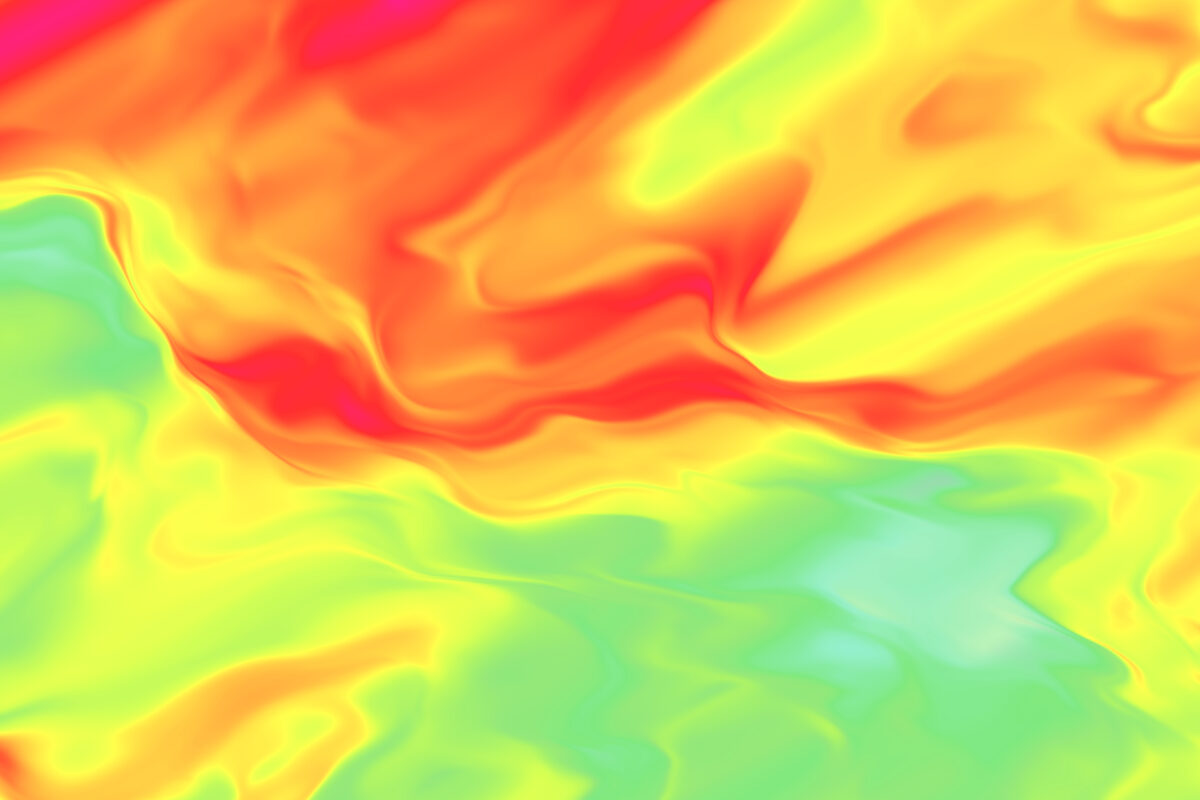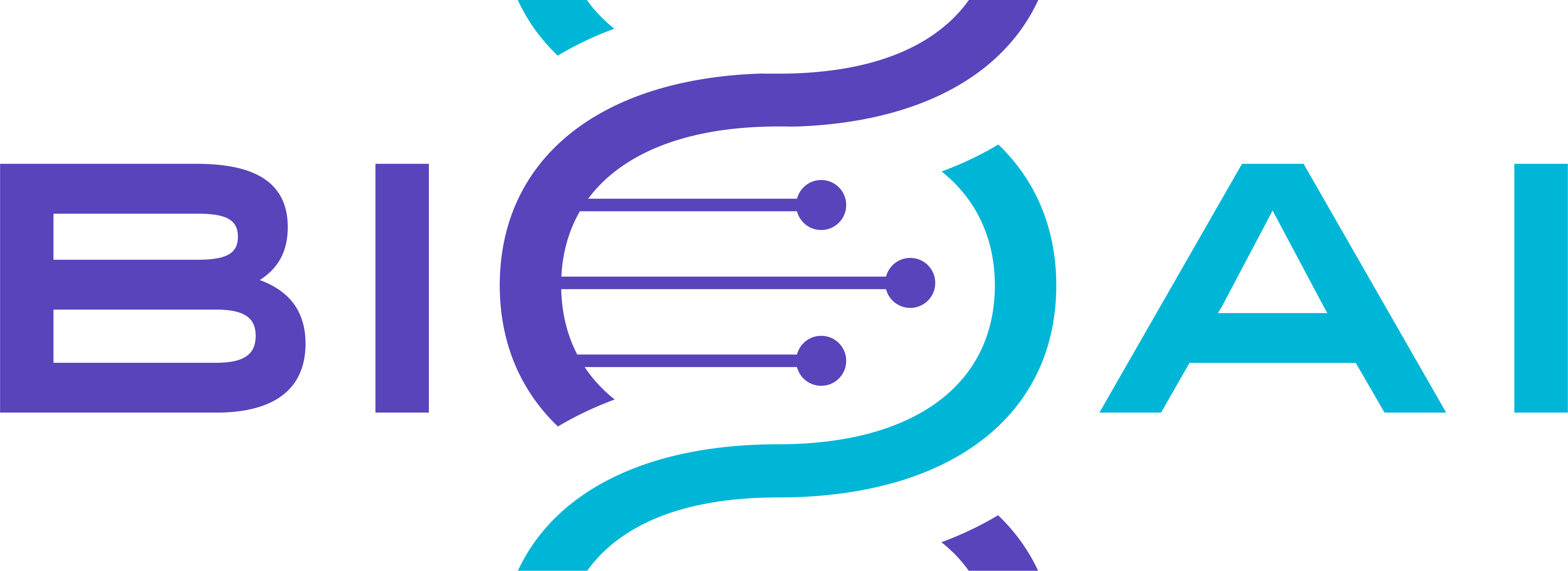Pathology
- We have developed ML models for solid tumor malignancies including NSCLC, Gastric Cancer, Melanoma, and more.
- We have developed ML models for solid tumor malignancies including NSCLC, Gastric Cancer, Melanoma, and more.
- We have implemented a state of the art nuclear segmentation algorithm.
- We have developed robust Tumor Immune Infiltrate models and tumor microenvironment quantitative profiles that can be used to characterize the patient response to therapy.
- We have developed a DL visualizer to facilitate rapid data quality control.

Ink Stains and Bubbles
Chemical Reaction Illustration

DL Visualizer
Fluid Motion

Bio-DL Visualizer
Deep Learning Visualizer “Explainable AI” to QC model performance & help Train Pathologists what to look for. It also helps to identify potentially new biomarkers.
Bio-DL Visualizer
Bio-AI DL Visualizer is a tool created to help quality control and validate new pathology machine learning models and molecular prediction models. It provides an immediate visual analysis for explainable AI.

Ink Stains and Bubbles
Chemical Reaction Illustration

DL Visualizer
Fluid Motion
Bio-DL Visualizer
Deep Learning Visualizer “Explainable AI” to QC model performance & help Train Pathologists what to look for. It also helps to identify potentially new biomarkers.
Differentiators
- Bio-AI’s novel AI platform and capabilities are well aligned with Biopharma Translational Medicine programs, clinical trial assays & companion diagnostic programs
- Bio-AI offers “Bio DL Visualizer” a unique quality control tool that enables Pathologists to make rapid QC of how AI black box algorithms are performing
- We have a design and development strategy for our robust prototype TMB module to further enable clinical study and diagnostic applications.
- Bio-AI’s ML models can be expanded into additional indications and biomarkers that can help predict patient response to therapy, drug resistance & MOA
- We have the capability to develop machine learning models on multi-omic data that can help predict patient response to therapy & drug resistance
- Partners, advisors and experts have a proven track record in developing commercial, partnership and execution strategies while solving major challenges and advancing Biopharma R&D
Bio-AI developed an automated pathology machine learning algorithm for detecting Non small cell lung cancer

Differentiators
Bio-AI’s novel AI Platform and capabilities are designed to support Biopharma Translational Medicine programs, clinical trial assay development and companion diagnostic programs.
Bio-AI offers DL Visualizer, a unique visualization tool that helps Pathologists to rapidly quality control the performance of new AI predictive models. This novel tool helps us rapidly evaluate and overcome challenges with interpreting which factors play a key role in predictive model development and solution performance.
We have since developed first prototype applications including Predict Tumor Mutational Burden status on HE stained digital Pathology slides. We also developed Predict patient response to therapy in Gastric Cancer using HE & IHC stained digital pathology slides.
Bio-AI’s machine learning models can be expanded into new Tumor and disease indications and across a wide range of biomarkers to help predict patient response to therapy, understand factors involved in drug resistance biomarkers, and mechanism of action for novel drug therapies.
We have the capability to develop machine learning models on multi-omic data that can help predict patient response to therapy & drug resistance.
Bio-AI’s team of experts, Advisors, and Partners have a proven track record in developing life sciences and healthcare businesses and success in solving major challenging problems to advance Biopharma R&D.
